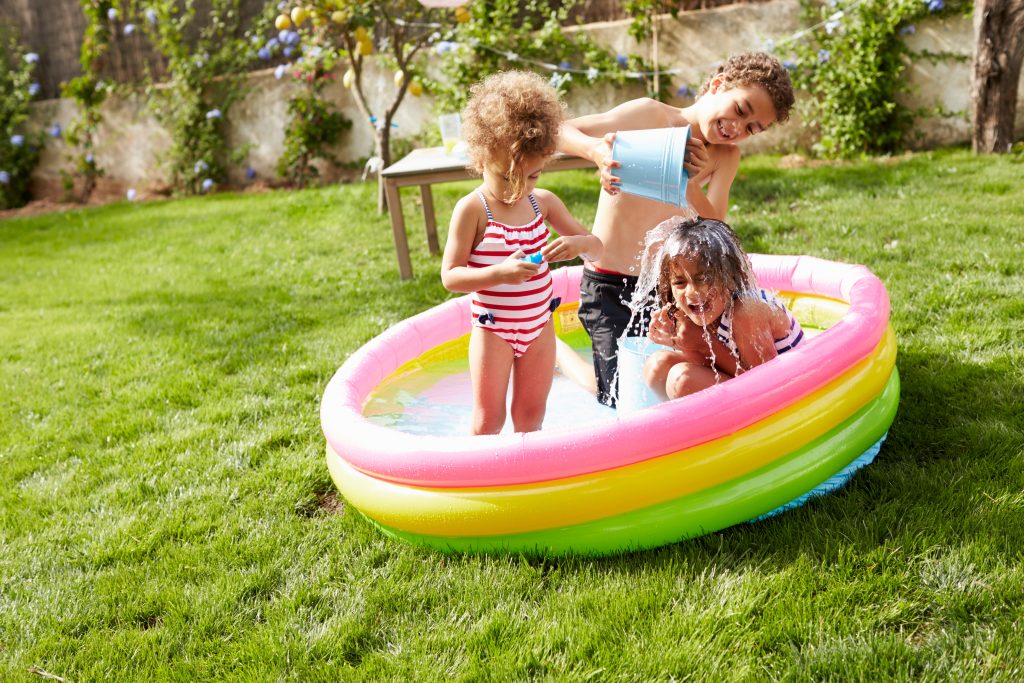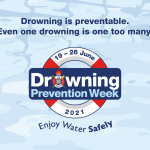Dry Drowning: How to keep your family safe this Summer
While we may not be able to visit the local pool or leisure centres with the family just yet, a small inflatable pool can be a great alternative to cool off this month. Between working from home and becoming impromptu teachers a carefree splash around is long overdue. In line with this year’s Drowning Awareness Week we have put this guide together to help you spot Dry Drowning and the steps you can take to keep your family safe this summer.
What is dry drowning?
Despite the difference in the name, dry drowning is just as serious as deep water drowning. Shallower bodies of water, like paddling pools can be deceptive and although they seem completely safe, this is not always the case.
Dry drowning is caused when a child inhales water through their nose or mouth. When this happens, the airways begin to spasm making it difficult to breathe. It is referred to as dry drowning as water doesn’t enter the lungs, but it does prevent air from reaching the lungs.
Know the signs:
It is vital to be aware of the indicators of a dry drowning child, quick action can save your child’s life. Always make sure that the pool is positioned where you can easily observe your children, if you notice your child exhibiting the following signs whilst swimming, immediately dial 999 and seek medical assistance:
Difficulty Breathing:
If you notice your child struggling to breathe, or wheezing, ensure they are out of the body of water until you are confident they are safe.
Persistent Coughing:
Persistent coughing is caused by the spasms in the airway, if you notice your child coughing for a prolonged period of time, remove them from the body of water immediately.
Choking:
Choking is more noticeable than persistent coughing, this is the body’s way of trying to clear the airways. Remove your child from the pool and dial 999 if the chocking doesn’t subside.
Tiredness / Sleepiness:
If you notice your child has quickly become fatigued or drowsy, immediately ensure they are out of the body of water. This lethargy is a result of a lack of oxygen.
Irritability:
If you notice your child has become irritable or upset suddenly, check in on them to make sure they are okay. Remove them from the water and keep an eye on them.
Vomiting:
A child vomiting around a body of water may be a sign of water ingestion. Immediately remove your child from the body of water and watch them for a while.
How common is dry drowning?
While dry drowning is still a potential hazard for small children, dry drownings are relatively rare in comparison to normal drownings. Although the average number of drownings in the UK is slowly dropping, we at SPSC believe any number is too high. It is estimated drowning is responsible for roughly 60% of deaths in children. This is a shocking statistic. To help you and your family enjoy the water safely, SPSC are supporting RLSS and this year’s Drowning Prevention Week. Discover more helpful guides here and access engaging swim safety courses from RLSS here.
For an additionally layer of protection for your family when pools finally reopen, find a local venue that is installed with one of SPSC’s swim safe technological solutions.























